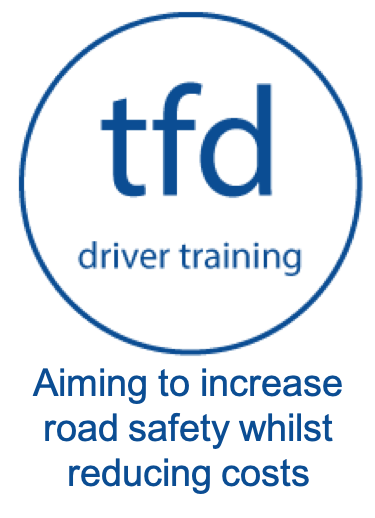Circumstances in which DVA does not routinely require notification
If you are the holder of a car, moped or motorcycle driving licence (group one) you may not need to inform DVA of an eye condition. However, if your eyesight condition should worsen and you can not read a number plate or you lose any of your field of vision you must write and tell DVA.
In the interests of road safety you must be sure at all times that you can safely control a motor vehicle.
Sight in one eye only
If you only have sight in one eye you may still be able to meet the visual standards for driving set out below.
It may take up to three months for you to adapt safely to driving with one eye, be prepared for this. In particular your ability to judge distances accurately may be affected and you may not be aware of objects to either side of you.
Visual acuity standards
You must be able to read a standard size number plate (with glasses or corrective lenses if necessary) from 20.5 metres (67 feet) or 20 metres (65 feet) where narrower characters 50mm wide are displayed. This requirement is specified in law and any person driving on a public highway who is unable to do this is guilty of an offence.
The 'number plate test' may be self-administered, allowing you to keep a regular check on your visual ability. You should also be aware that if the police have reason to suspect that a driver is driving with defective vision they can require the driver to take a 'number plate test'. Failure may lead to prosecution.
Visual field standards
You must also ensure that you have an adequate field of vision. The field of vision standard requires a specific width of visual field without significant defects in the sensitive central area. If you have total loss of sight in one eye you must not have any defect in the visual field of the remaining eye.
If you have any doubt about whether you can meet the requirements, your GP (doctor), optician or eye specialist will be able to advise you.
Letting Driver & Vehicle Agency (DVA) know about eyesight conditions
When applying for your driving licence you should let DVA know if you have:
- any condition that affects both eyes (not including short or long sight or colour blindness); or
- any condition that affects your sight (not including short or long sight or colour blindness), for example, if you have sight in one eye only.
Wearing glasses or corrective lenses
If you wear glasses or corrective lenses for the eyesight test, the law requires you wear them whenever you are driving or riding.
The law on eyesight and driving
It is illegal to drive if you can not read a number plate from a distance of 20.5 metres. If you need glasses or contact lenses to see this far, make sure you wear them every time you drive.
As you get older, your eyes can change without you realising. By having regular eye tests, your optician will be able to spot early signs of conditions that affect your ability to drive. These include:
- cataracts
- glaucoma
- diabetes
If you think that your vision is changing, speak to your optician, GP or specialist. They will be able to tell you whether you need to report any condition to the DVA.
Following the removal of cataracts and driving if you have cataracts
If you have had surgery to remove cataracts, your eyesight following surgery must be within the required standard specified above to allow you to continue driving. If you have cataracts but still meet the eyesight standard for driving, you should avoid driving at night or into very bright sunlight.

